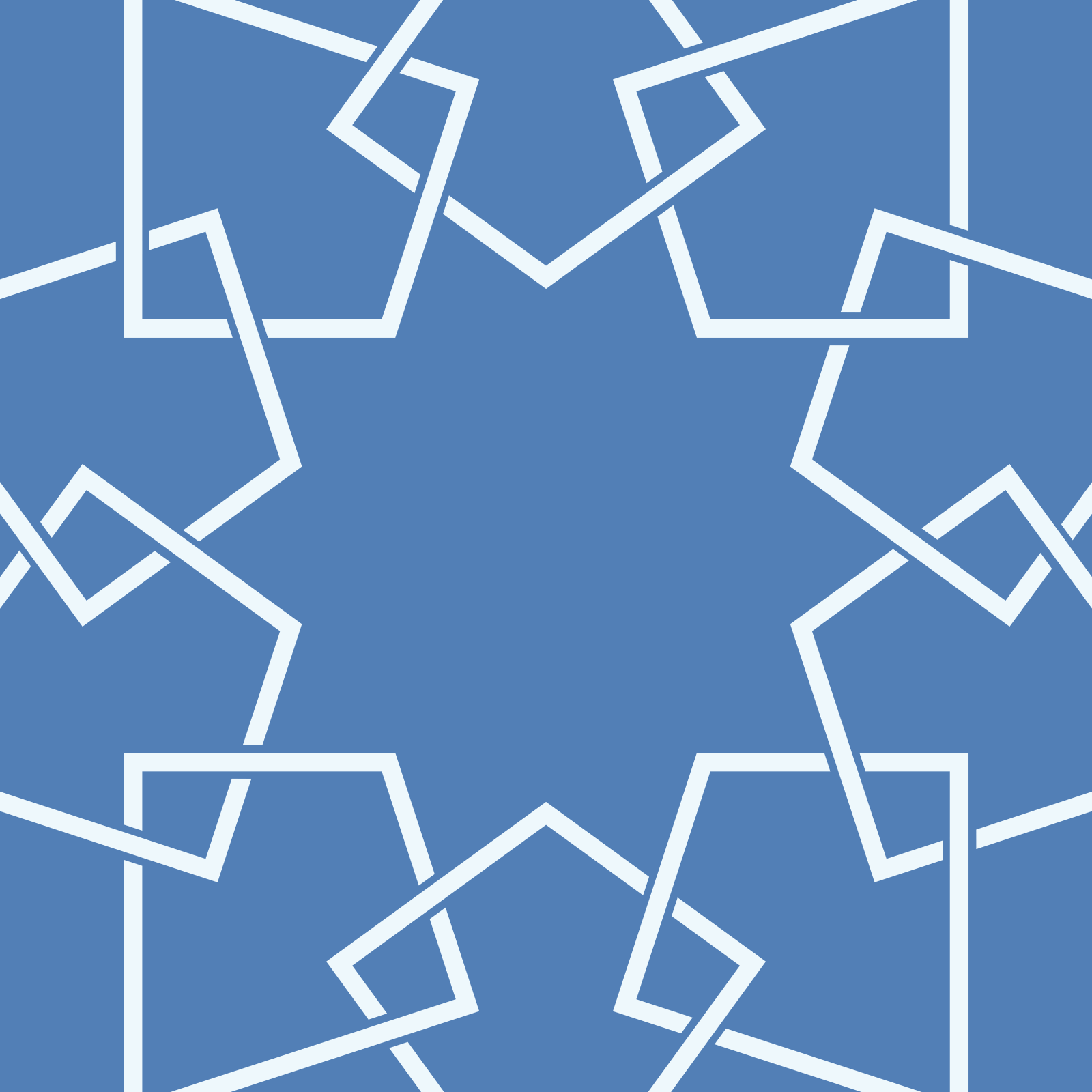Understanding the nuances of modest fashion in Indonesia
Indonesia is home to the largest Muslim population in the world who, according to a 2012 survey by the Pew Research Center, are among the most enthusiastic followers of Islam.
For the modest fashion industry, Indonesia is an extremely attractive market. Indeed, global brands such as Zara, H&M and Uniqlo are steadily gaining traction in the country’s hijab fashion scene. However, retail players entering the Indonesia market will quickly realize that Indonesia is not a monolithic market. And when it comes to modest fashion, an understanding of the nuances can be a valuable exercise for market players wanting to corner the Indonesia market.
| YOUR PAIN POINTS ADDRESSED | ASK YOURSELF | |
|
SCENARIO 1: You’re the CEO of a small but growing modest fashion label intending to capture a slice of the Indonesia market. How do you create a differentiation for your label while at the same time making sure that your label is well-accepted in this market? Scenario 2: You’re a brand manager at an international clothing company who wants to gain traction among modest dressers in Indonesia. How do you optimize the acceptance of your label in this growing niche?
|
What are some of the things you need to know about the modest fashion market in Indonesia? |
Is it worthwhile for me to target the Indonesian Muslim market? |
| What are some of the things I need to watch for when entering the market? | ||
| What are some of the ideas to win this market? | ||
YOUNG MARKET EXPERIMENTAL AND OPEN-MINDED
Indonesia has a relatively younger population compared to other similarly growing Asian economies. As a comparison, Indonesia’s median age is 29.2 while Thailand’s and China’s are 36.2 and 36.7, respectively.
To optimize the return on your investment, it therefore makes sense to create a younger appeal in your marketing mix for this market.
In terms of style and modesty expectations, Indonesians – especially the young – are quite experimental and open-minded. The use of colors is welcome and virtually every style finds a home in this market.
DIVERSE
Unlike in other Muslim-majority countries such as Malaysia and Pakistan, Indonesians don’t have a unified traditional Muslim clothing dress due to the diverse culture groups that make up the nation.
At the same time, Indonesians are also very proud of their heritage. This presents opportunities for brands to incorporate traditional fabrics, designs and other local elements into their modest fashion offerings.
Ghea Sukarya and Dian Pelangi are some of the most prominent local designers that assume this approach.
|
TOP MUSLIM CONSUMER CLOTHING CONSUMPTION MARKETS (2014, USD billions) |
|
 |
|
| Source: State of the Global Islamic Economy Report 2015-16, Thomson Reuters in collaboration with DinarStandard |
SWAYING POWER OF OPINION LEADERS
However, opinion leaders – this can be anyone with a large following that has a take on fashion, including but not limited to a style icon, a TV personality, a fashion blogger or a celebrated religious cleric – have a relatively strong influence on setting the tone of modest fashion trends.
As an example, creative hijab styling videos by Indonesians were sprouting on YouTube from around 2010, but this trend has somewhat died down after calls from certain religious groups for more conservative styles; the trend was even criticized on religious-themed TV shows and movies.
| RECOMMENDED ROADMAP |
| Given this vibrant yet arguably fickle market, it is suggested that brands take the middle course by offering strong, stand-out designs that are wearable and versatile at the same time. |
| Emerging local modest fashion label Jenahara and mainstream label Cotton Ink have successfully adopted this approach by offering layering possibilities in their collections. |
| Modest fashion e-commerce sites such as Hijup and Saqina have multi-brand offerings to cater to different – and changing – market preferences. |
| Take into account the quick-changing fashion trends in this space that are influenced by multiple factors, including emerging pop cultures, social media and sociopolitical phenomena. |
| The young and dynamic Indonesian Muslims appreciate good designs that address their practical and aspirational needs. |
| Incorporating global style trends with local elements gives a modest fashion brand a good chance of acceptance in the Indonesia market. |
© Copyright SalaamGateway.com 2015

Afia Fitriati, DinarStandard Senior Associate